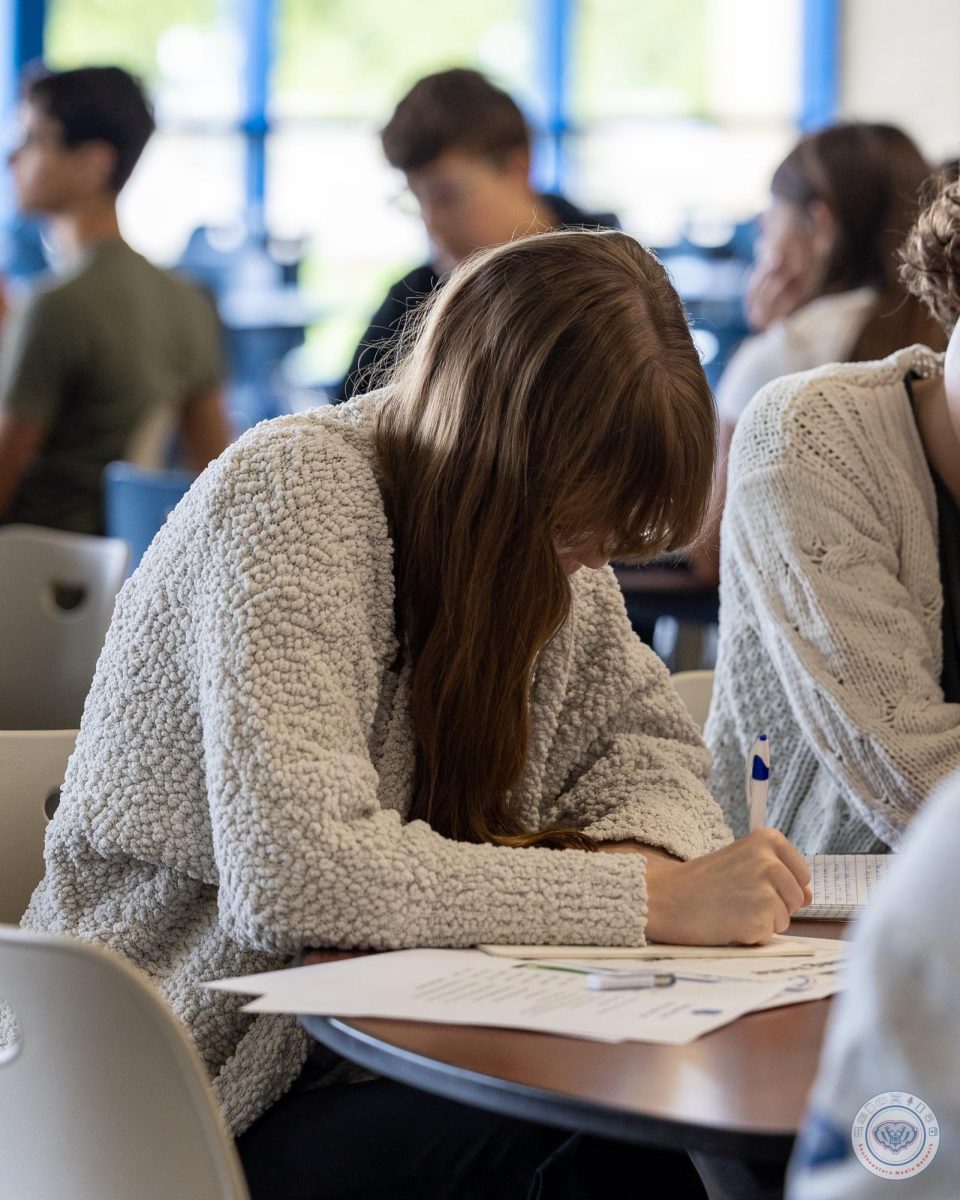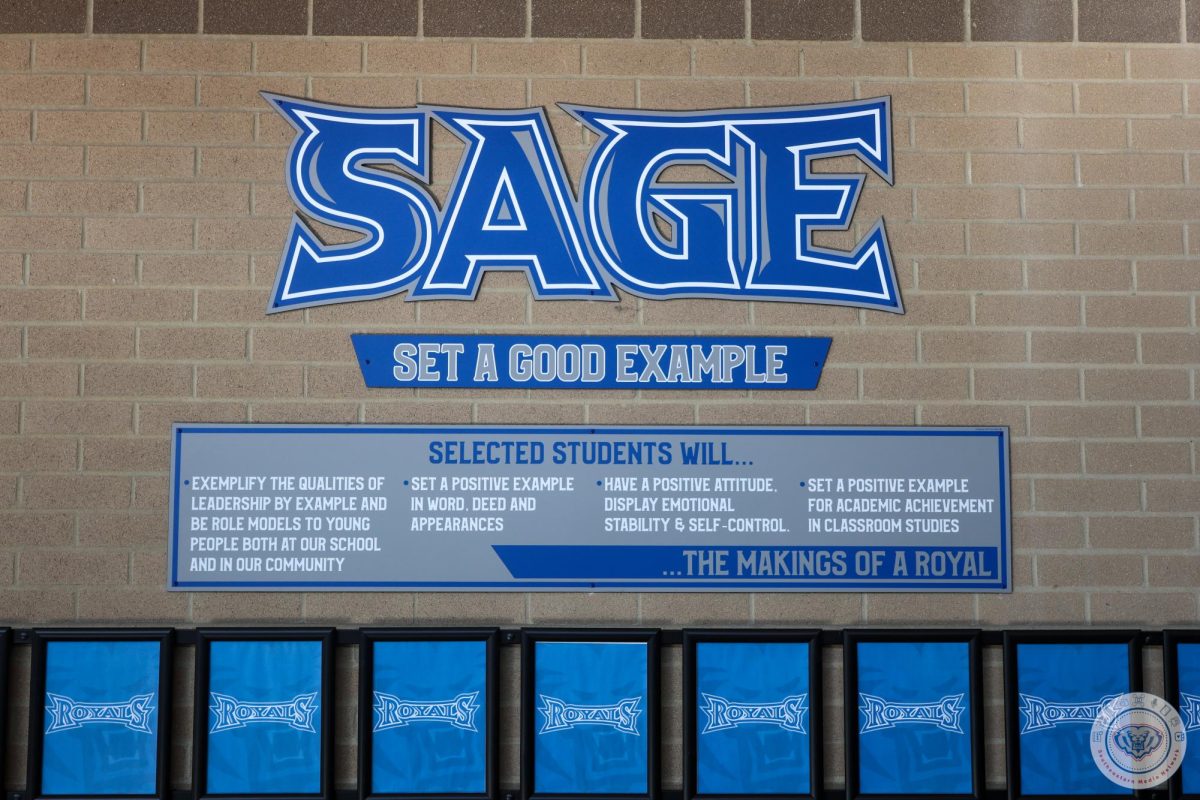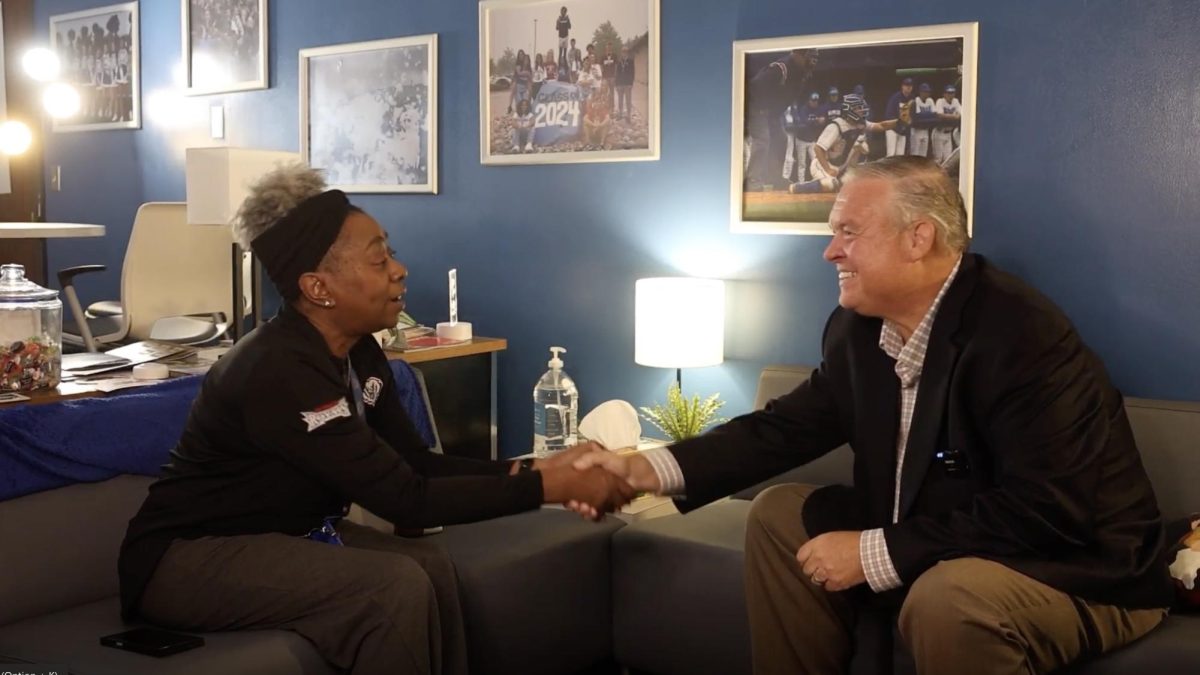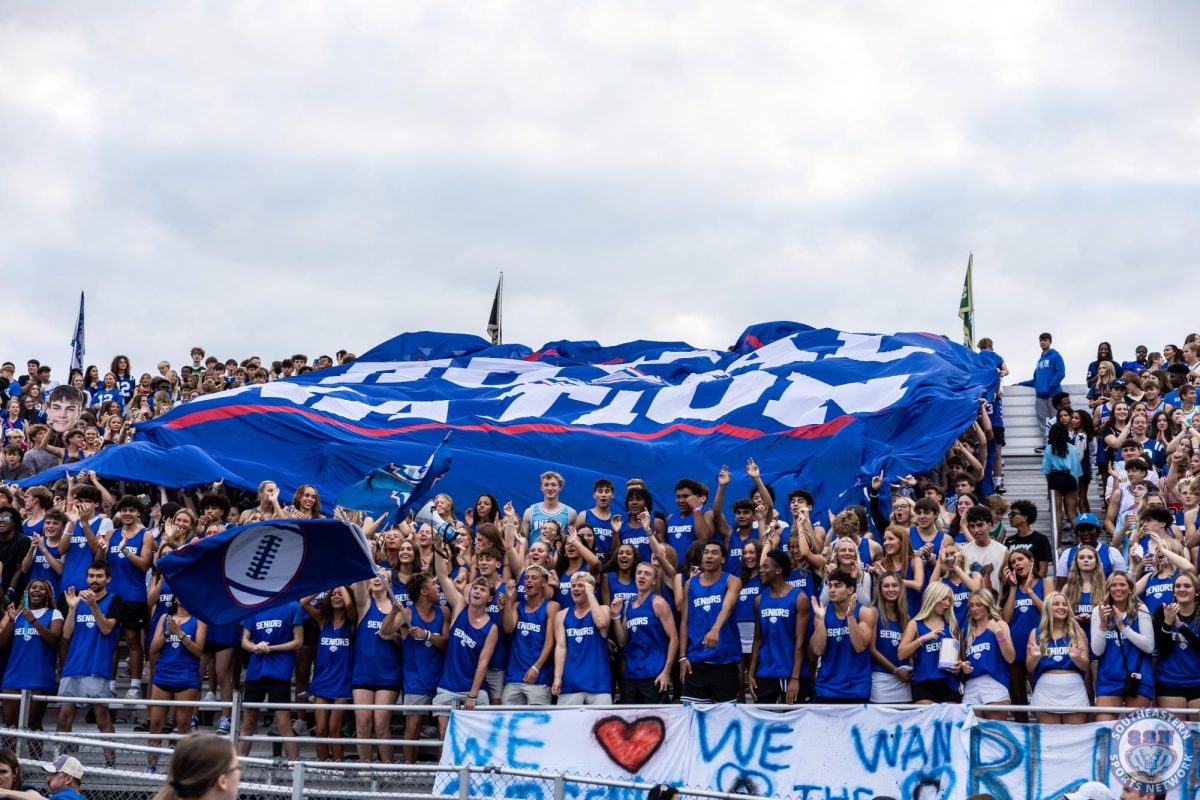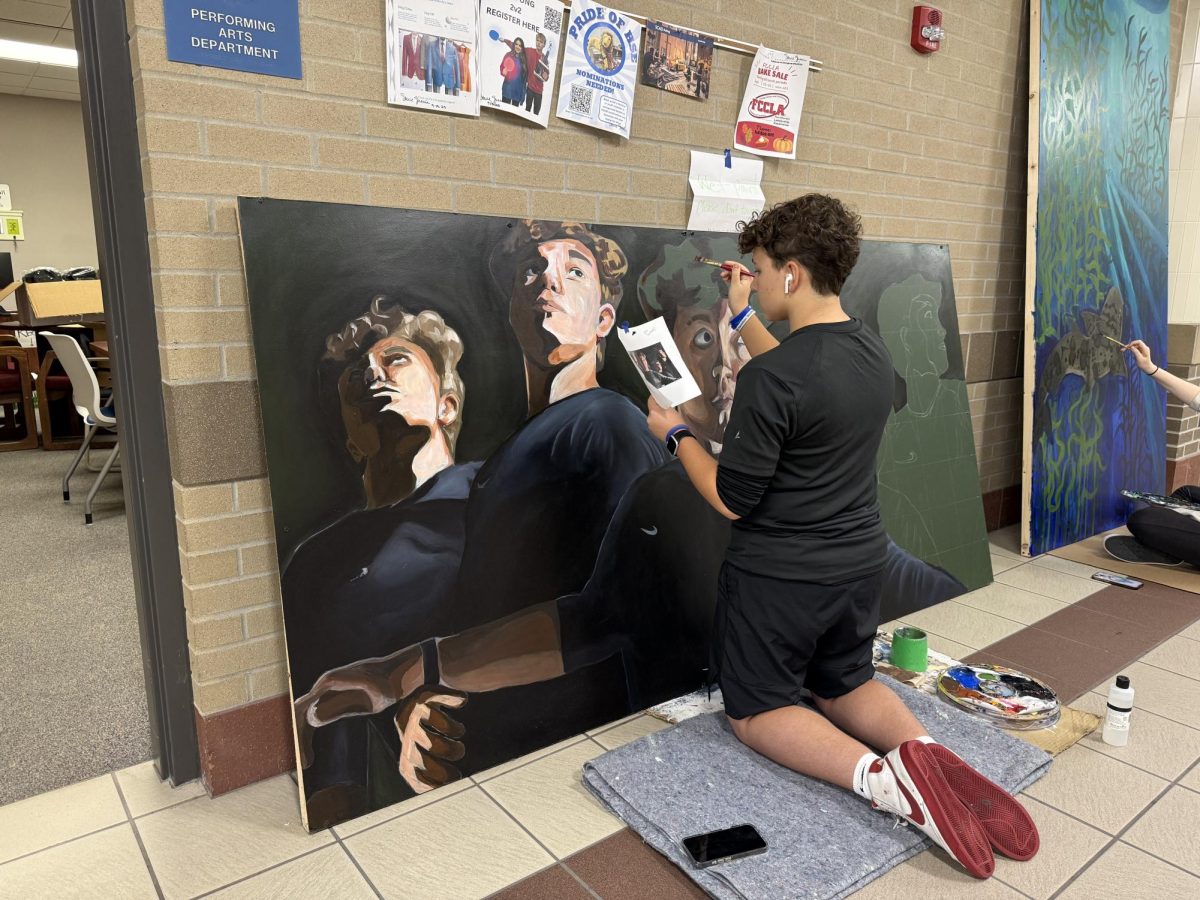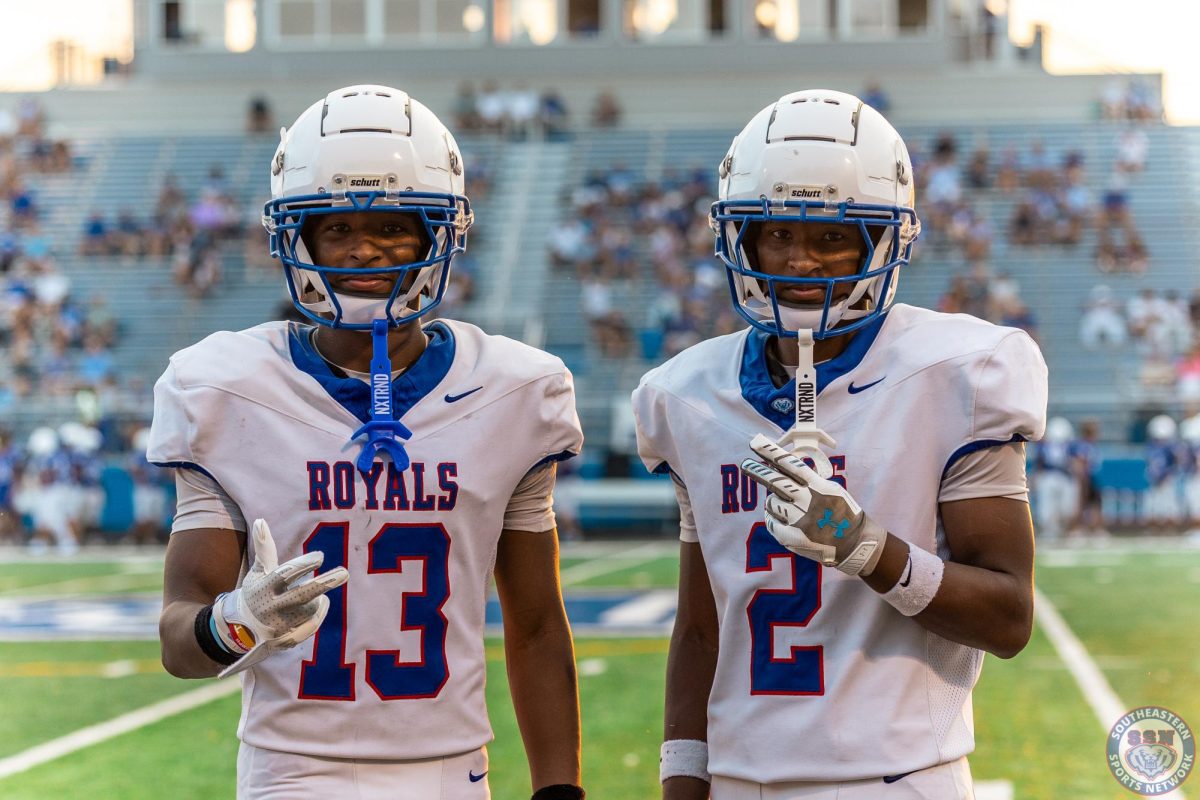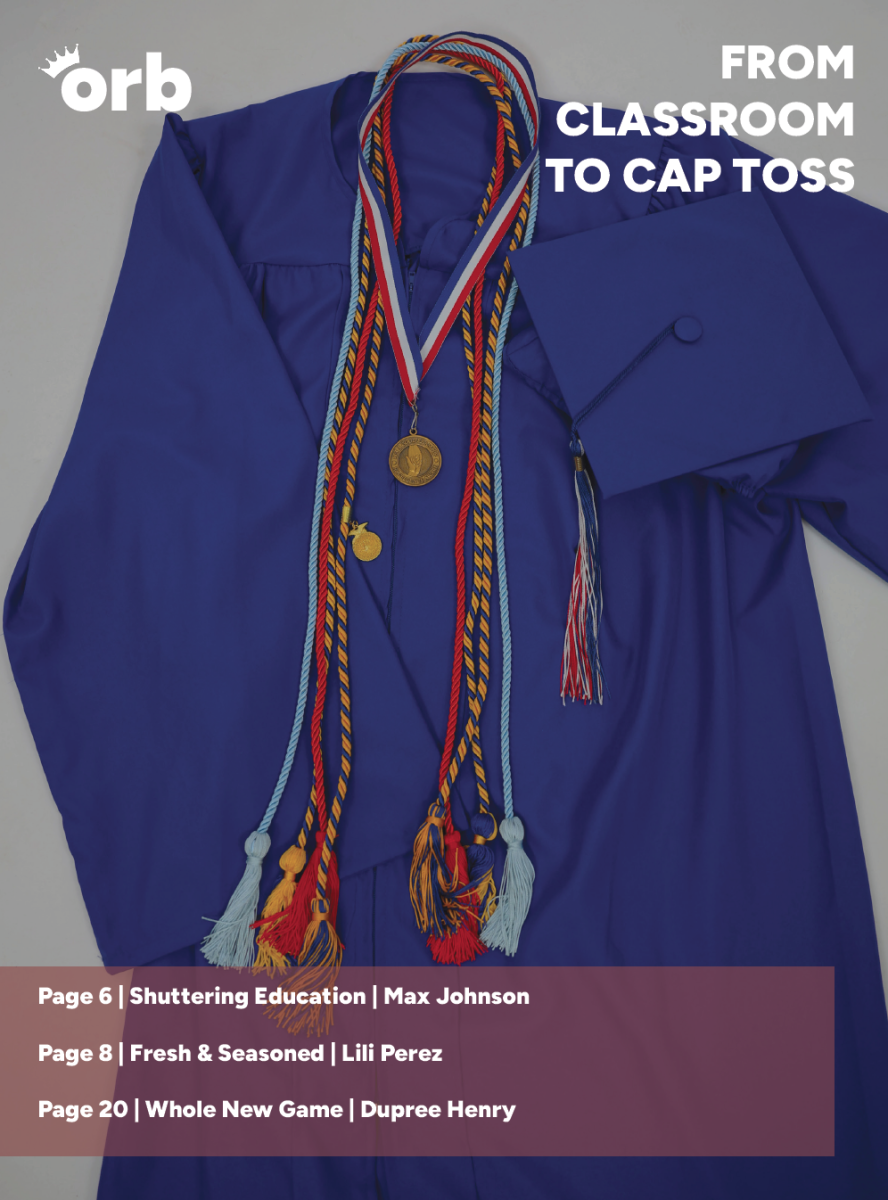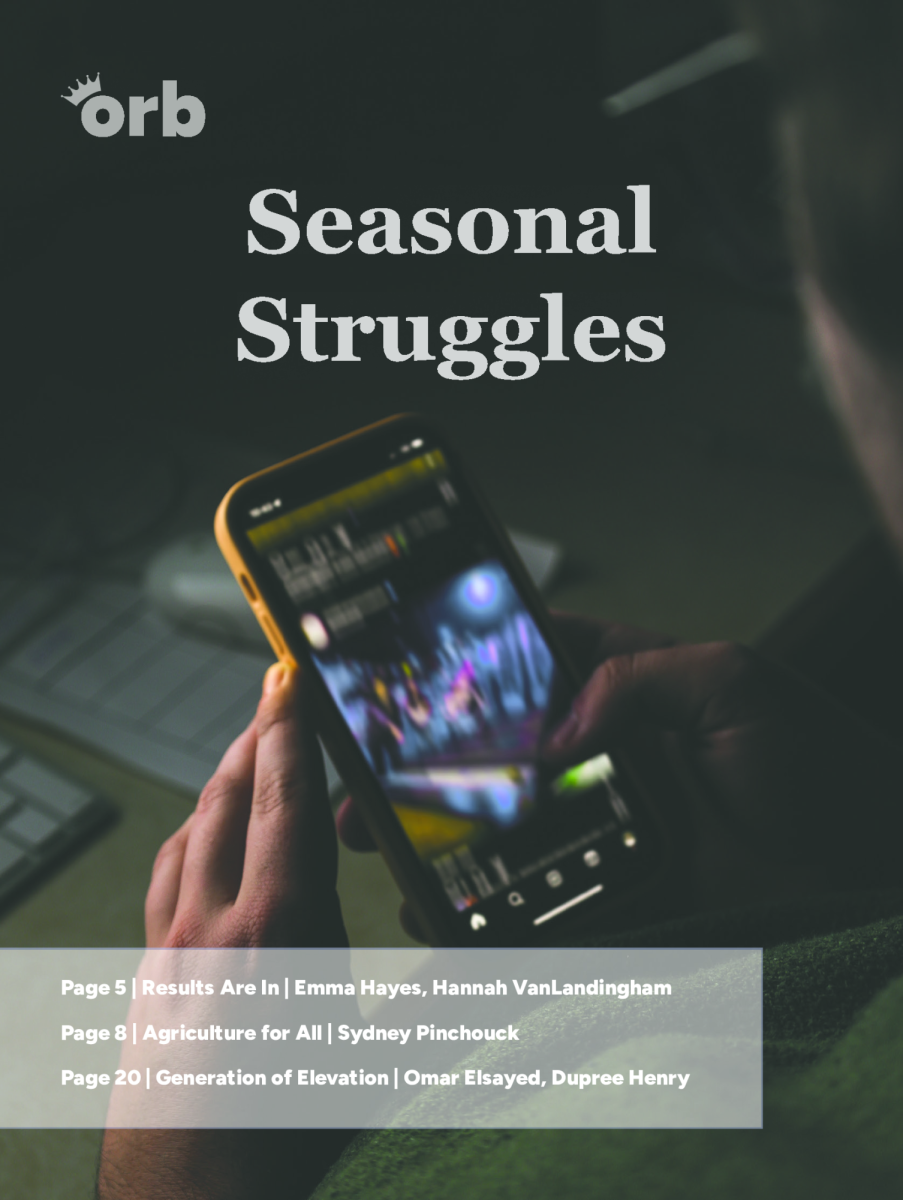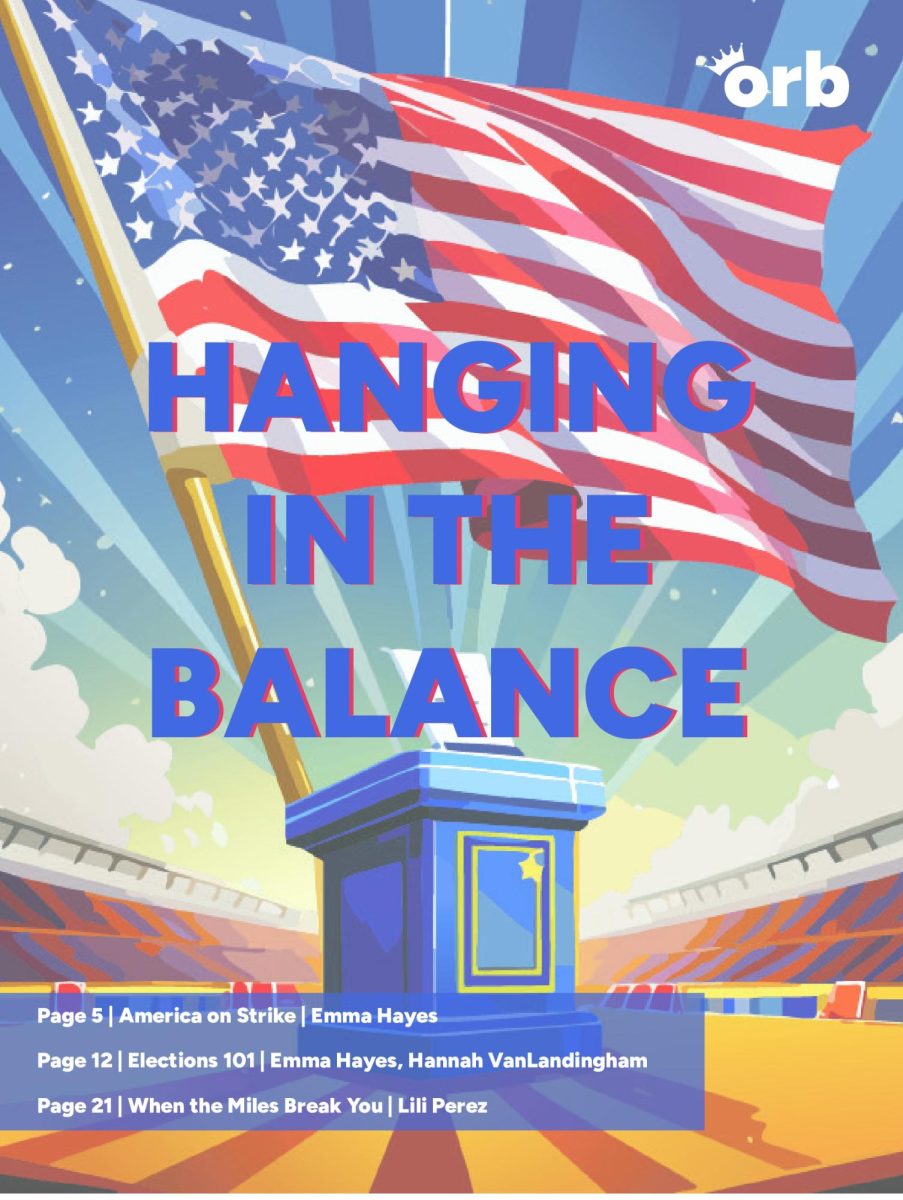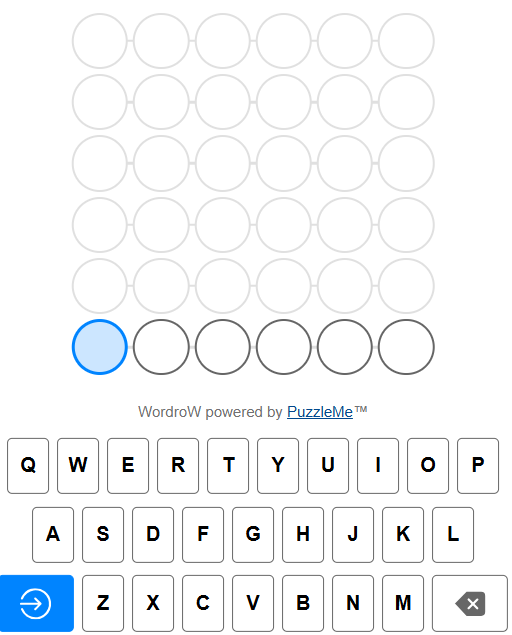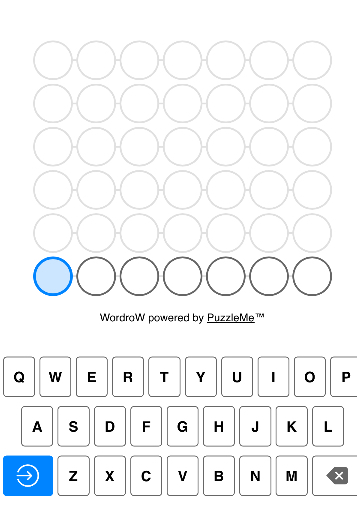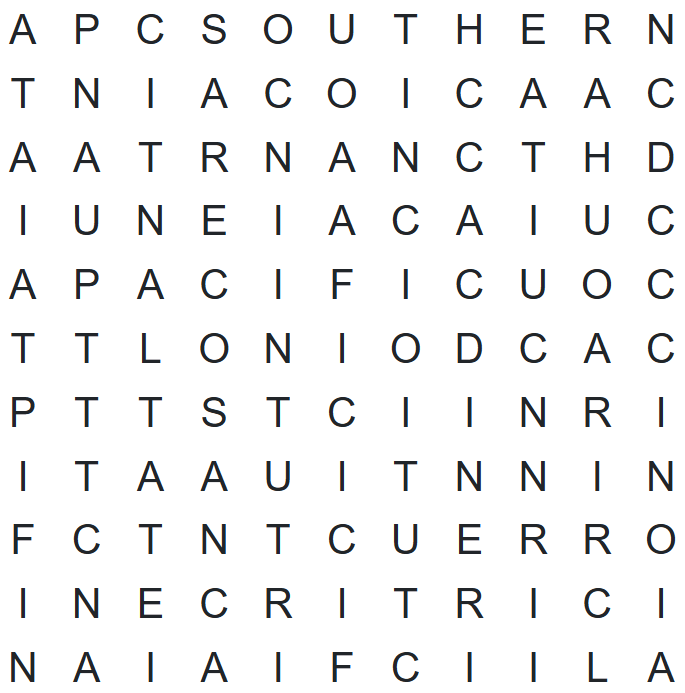If you were walking in the hallway and a teacher offered you a thousand dollars, would you take it? Of course you would. So why wouldn’t you take a thousand dollars for your college fund. Thats where financial aid comes in.
Financial aid is a system built on government funding, grant/scholarship, or private loans designed to help students from all backgrounds achieve their goals by making college more affordable.
On September 23, 2025, Mrs. Bush met in the College and Careers office at HSE with Bill Wozniak, INvestED’s Vice President and CMO, to discuss INvestED’s role in financial aid, FASFA information, and scholarship advice.
INvestED Indiana is a postsecondary education funding nonprofit that guides students, guardians, and counselors through planning the financial steps to college. INvestED offers private parent and student loans and loan refinancing options. Their mission is to help students fill gaps in funding and obtain minimal debt.
October 1st is the Indiana FASFA due date for 2025. In past years, the actions required to apply for FASFA and receive funds have been difficult and tedious, but Wozniak is excited to announce that this year will be exceptionally easier! “So, the great thing is, this year, believe it or not,” Wozniak says, “the FASFA has gotten better.”
Students and families will go to https://studentaid.gov/ and create an account. The federal student aid is requiring everyone to have these accounts, in order to file for FASFA. It is not required to make an account and file for the FASFA before October 1st, but it is highly recommended to start filing in preparation, “But we’re hoping a lot of families go and get signed up,” Wozniak advices, “get it done just in case there’s any glitch or anything.”
Throughout college, students will re-file for the FASFA each year. This is because income and assets can go up or down within a students’ time in post-secondary education and the government needs to know how to modify their funding. “So that’s why it’s an annual form,” Bush says.
Applying for scholarships is a crucial step in reducing the price of post-secondary schooling. It is best to begin by looking for local scholarships and then gradually widen your reach. Wozniak recommends applying to a wide range of scholarships, “I like to say just like for retirement or investments, you usually don’t have just gold or maybe crypto, right? You don’t just do one. You do a whole range of things ideally.” Wozniak says, “And it’s really the same thing with scholarships.”
Wozniak also advises to not skip over the “smaller” scholarships that are offering less money. Often students apply overlook these scholarships, meaning less apply, so your chances of winning are higher.
It is important to remember that you should never be asked to pay for your scholarship submission. Reliable and trustworthy organizations should already have the funds needed to supply students with money. “We, over the years have been so blessed to be friends with and associates with so many places that give scholarships,” Wozniak says, “and these foundations that we know that give big money toward scholarships, they’re never asking the family for a dollar. Not at all.”
Net price is what families and students should put their focus on. Net price is the true cost for college. This cost is custom to the student’s grants, scholarships, and FASFA and reveals a much more affordable price compared to the main headline price. “The net price is what we all have to really focus on, because whatever the sticker price is, it is what it is, and it makes the headlines.” Wozniak says, “But when you find out as a family that this school might cost $12,000 or $8000 out of pocket instead of $50,000 or $40,000, you see the family instantly go, we might be able to make this work.”

